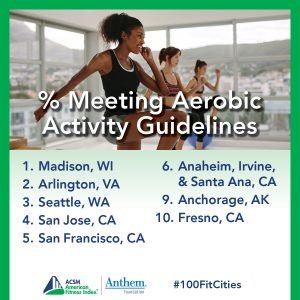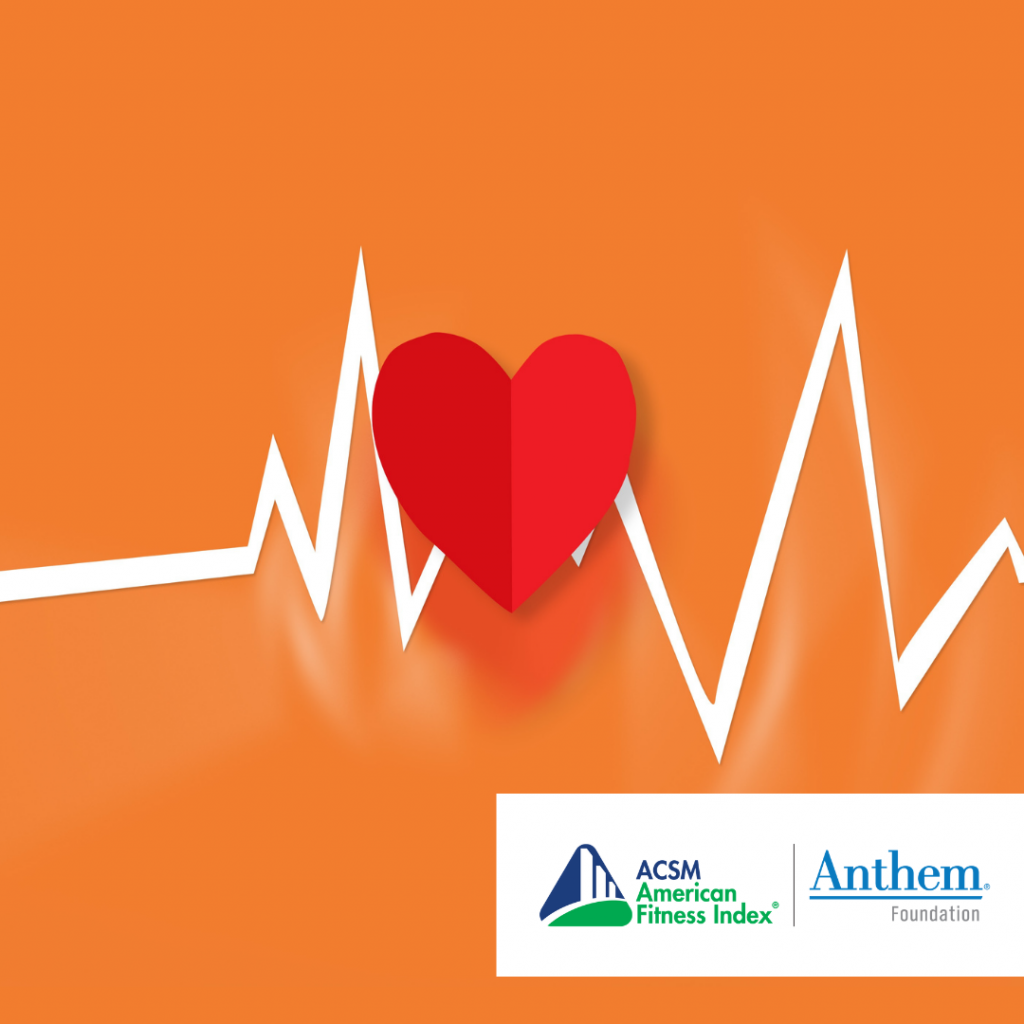February is American Heart Month, and there is no better time to appreciate the benefits of cardiovascular fitness and a strong heart! Heart disease is the leading chronic disease cause of mortality in the U.S., accounting for one in every four deaths1. Cardiovascular fitness plays an important role in reducing not only deaths from heart disease, but also the risk of coronary heart disease, hypertension, diabetes and stroke2.
In thinking about cardiovascular fitness, I found a striking similarity with my recent experience of completing several home improvement projects. Within a few short months, my house required a new water heater, AC system and significant updates to insulation. Although these systems typically go unnoticed when functioning well, they are important to my daily living and quality of life. My focus can be on the joys of work and play within the walls of a comfortable, adaptable and efficient home.
Cardiovascular fitness is your heart and vasculature’s ability to deliver oxygen throughout the body to the working muscles. We can’t see it, and, like a water heater or AC system, we can take it for granted, but it affects how well we work and play. It can take some effort to improve or maintain your cardiovascular system, but it is absolutely worth it! If our heart is efficient and strong, our health and quality of life benefits. At a daily level, cardiovascular fitness can improve our productivity and focus at work, give us more energy to play a round of tag with our grandchildren or propel us to walk the extra half mile to reach the city pier.
 The best way to improve and maintain cardiovascular fitness is through physical activity that elevates your heart rate to at least moderate intensity levels. Only 50% of U.S. adults report meeting the recommended amounts of 150 minutes per week. Madison, WI is the leading city in the 2020 American Fitness Index rankings with an estimated 65%, and Laredo, TX is ranked lowest with only 34% of people reporting the recommended levels of activity. Use this handy infographic to learn how to monitor your exercise intensity.
The best way to improve and maintain cardiovascular fitness is through physical activity that elevates your heart rate to at least moderate intensity levels. Only 50% of U.S. adults report meeting the recommended amounts of 150 minutes per week. Madison, WI is the leading city in the 2020 American Fitness Index rankings with an estimated 65%, and Laredo, TX is ranked lowest with only 34% of people reporting the recommended levels of activity. Use this handy infographic to learn how to monitor your exercise intensity.
The ultimate choice to be physically active is with each individual. However, the community’s environmental resources and policies will help or hinder these individual levels of physical activity and ultimately, cardiovascular fitness. Providing access to recreational facilities and parks for all residents allows for enhanced opportunities to be physically active. According to data collected for the Fitness Index, 100% of Boston, MA and San Francisco, CA residents are within a 10-minute walk to a park. The Fitness Index also tracts specific recreational facilities ranging from park playgrounds (Madison leading with 6.9 per 10,000 residents) to public swimming pools (lead by Cleveland, OH with 11 per 100,000 residents). Larger scale Complete Street policies that provide safe and aesthetically pleasing infrastructures for active walking and cycling can be important ways to increase aerobic activity and improve fitness. Cities across the country are beginning to adopt and implement strong Complete Streets policies, such as New Orleans, LA, Seattle, WA, St. Louis, MO, and Buffalo, NY.
I ultimately made the decision to make home improvements, however, I received support from local and state government resources and incentives programs along the way that made my decision easier. Promoting good cardiovascular fitness of each community member should be considered an individual and community priority just like keeping our homes in shape. Under the surface of a fit city, lies the heart of every resident to drive its vibrancy.
To learn more about heart health and physical activity, explore ACSM’s heart health resources.
Author: Amanda Paluch, Ph.D., University of Massachusetts Amherst
Citations
- Virani SS, Alonso A, Benjamin EJ, Bittencourt MS, Callaway CW, Carson AP, et al. Heart disease and stroke statistics—2020 update: a report from the American Heart Associationexternal icon. Circulation. 2020;141(9):e139–e596.
2. Ozemek C, Laddu DR, Lavie CJ, Claeys H, Kaminsky LA, Ross R, Wisloff U, Arena R, Blair SN. An Update on the Role of Cardiorespiratory Fitness, Structured Exercise and Lifestyle Physical Activity in Preventing Cardiovascular Disease and Health Risk. Prog Cardiovasc Dis. 2018 Nov-Dec;61(5-6):484-490. doi: 10.1016/j.pcad.2018.11.005. Epub 2018 Nov 13. PMID: 30445160.



